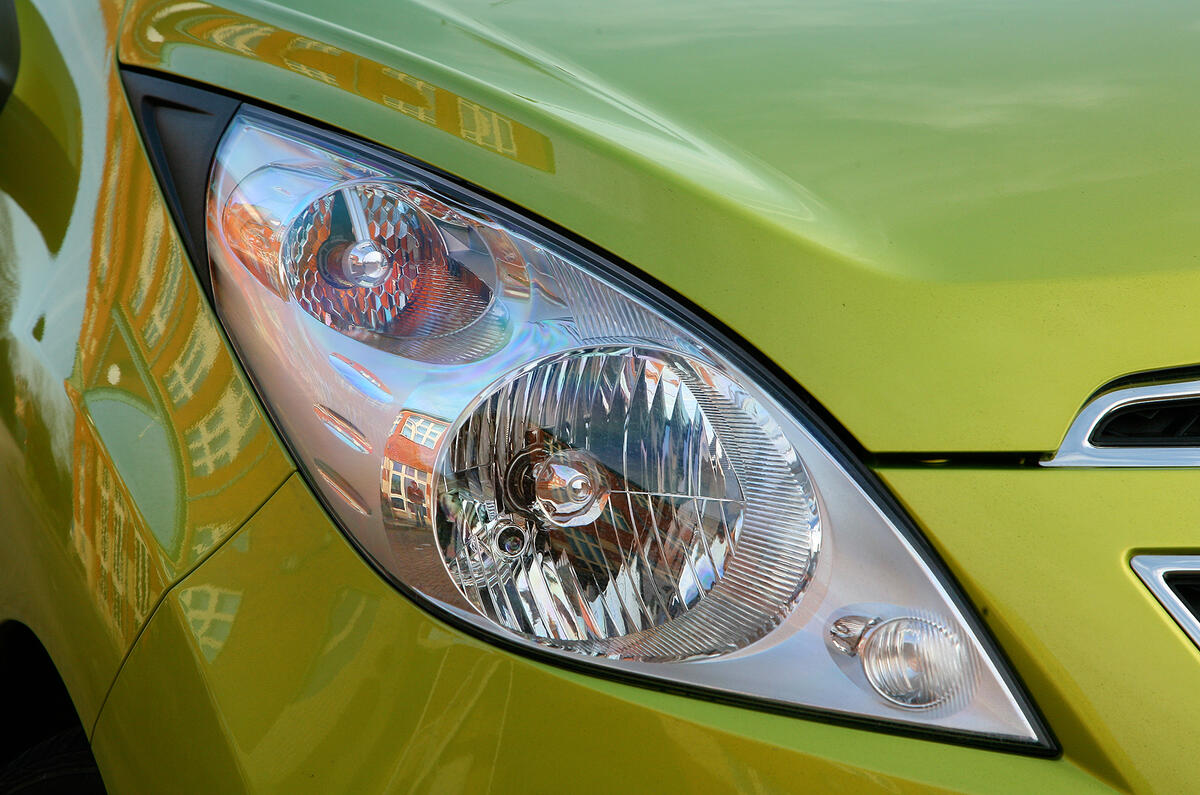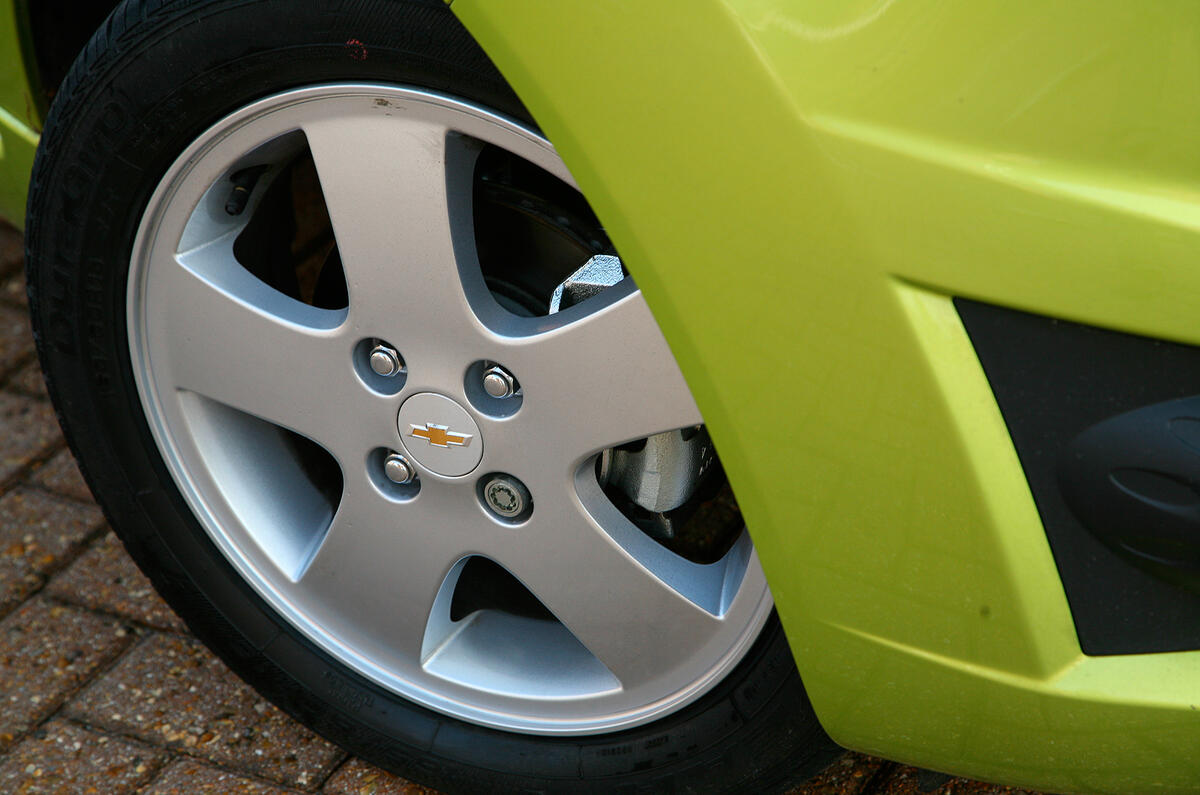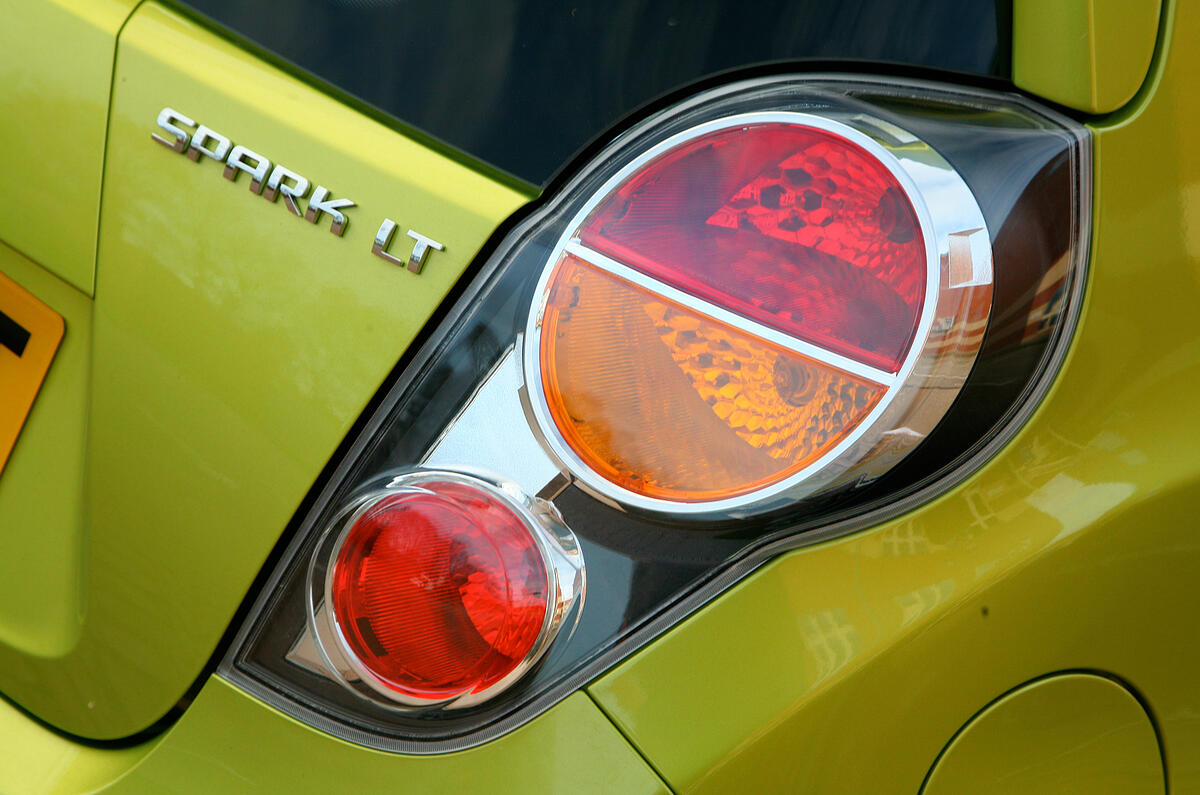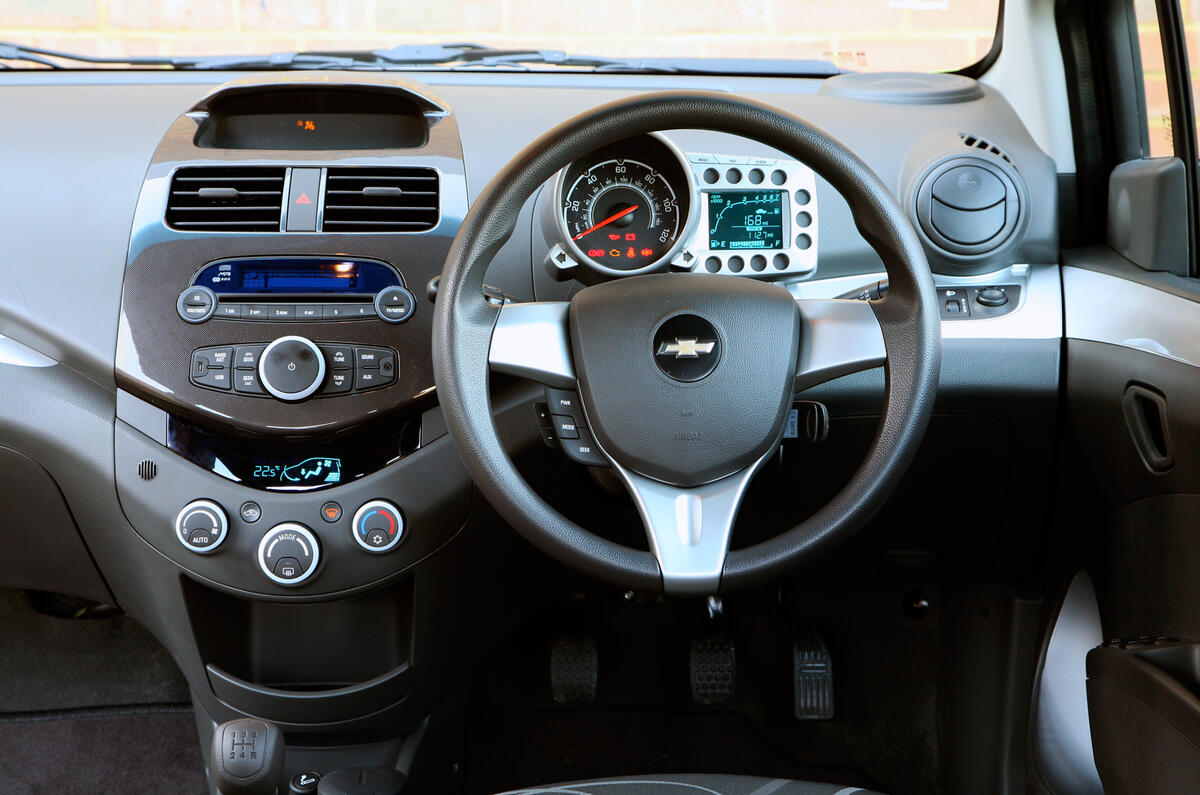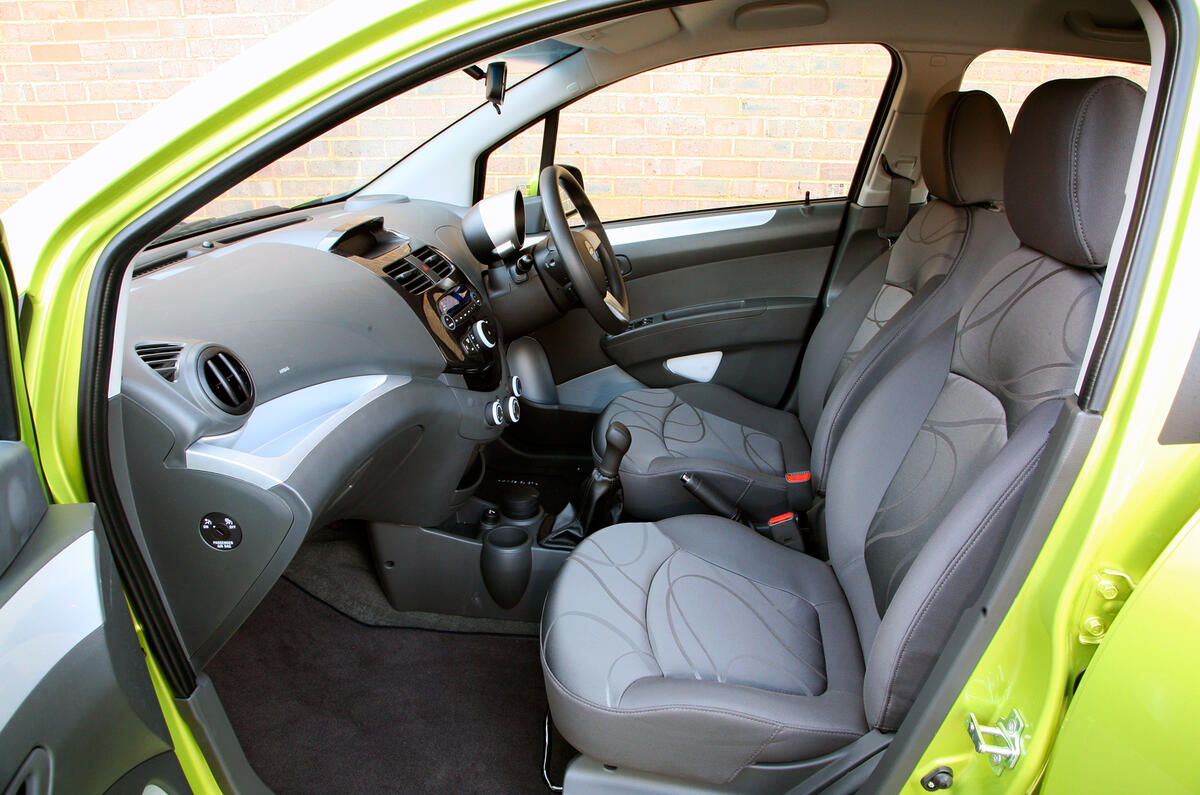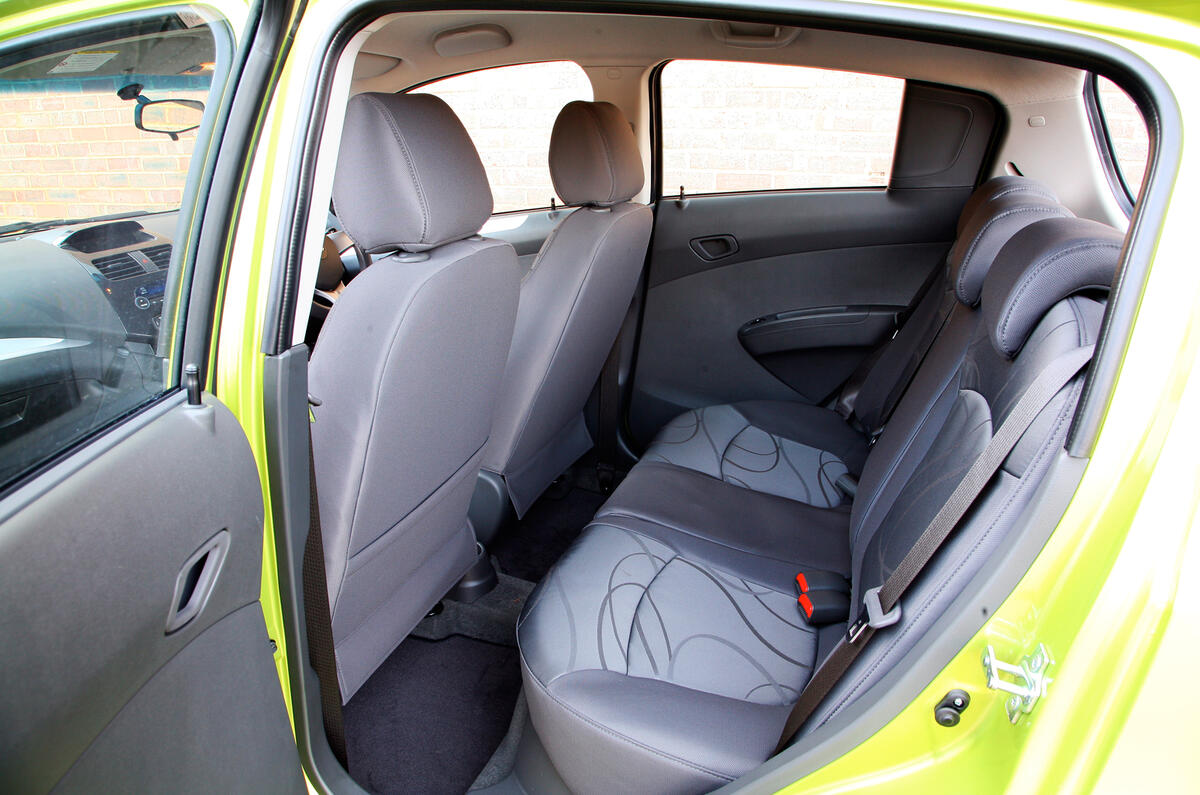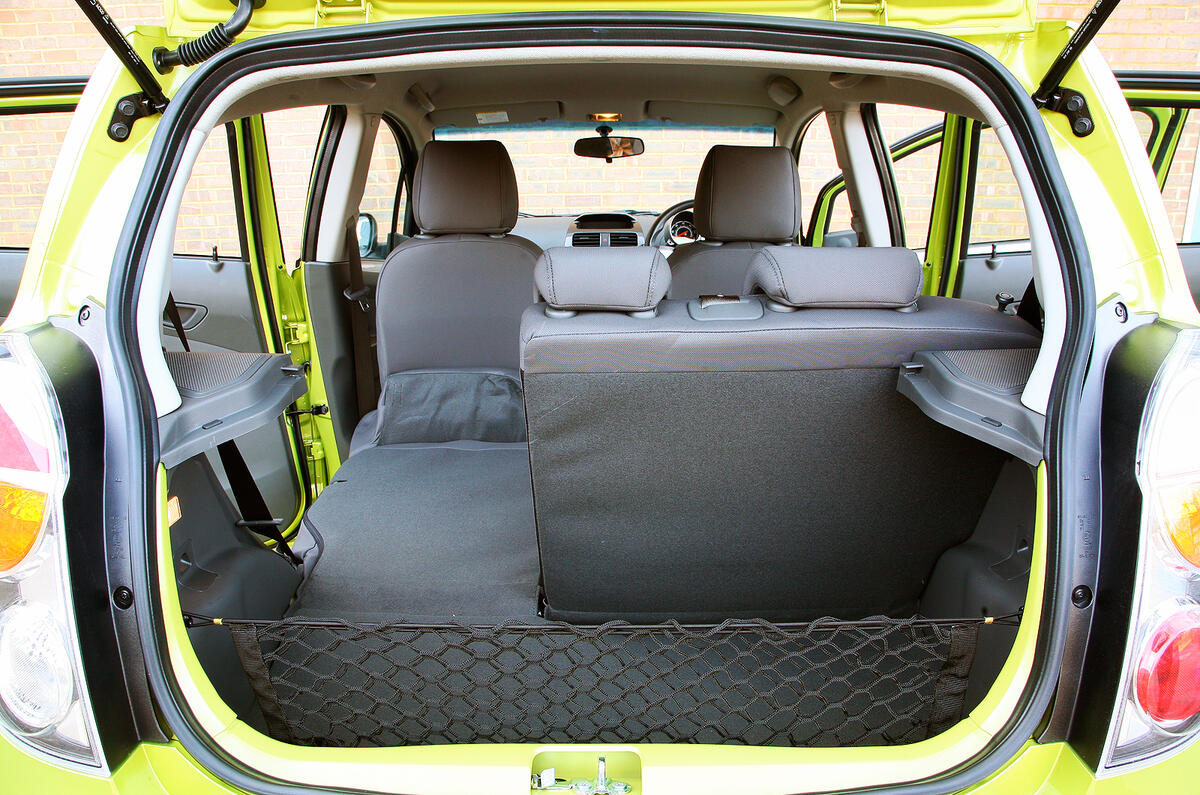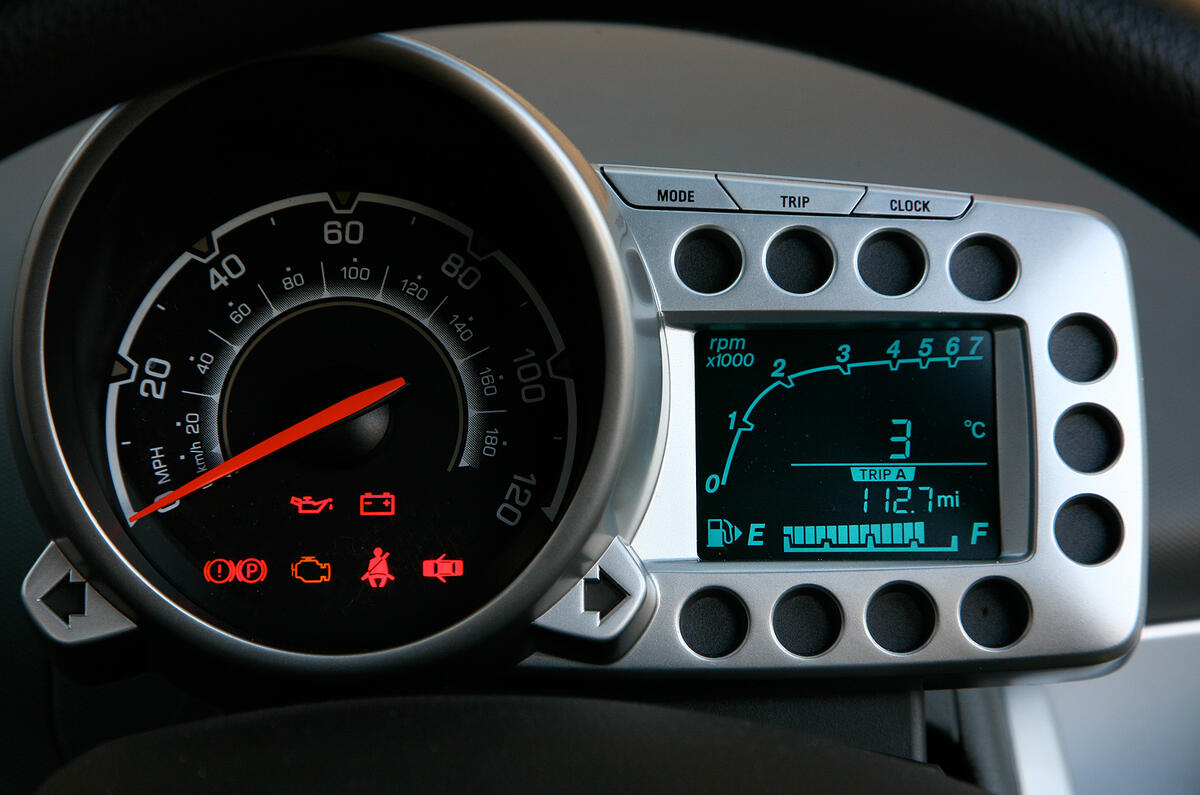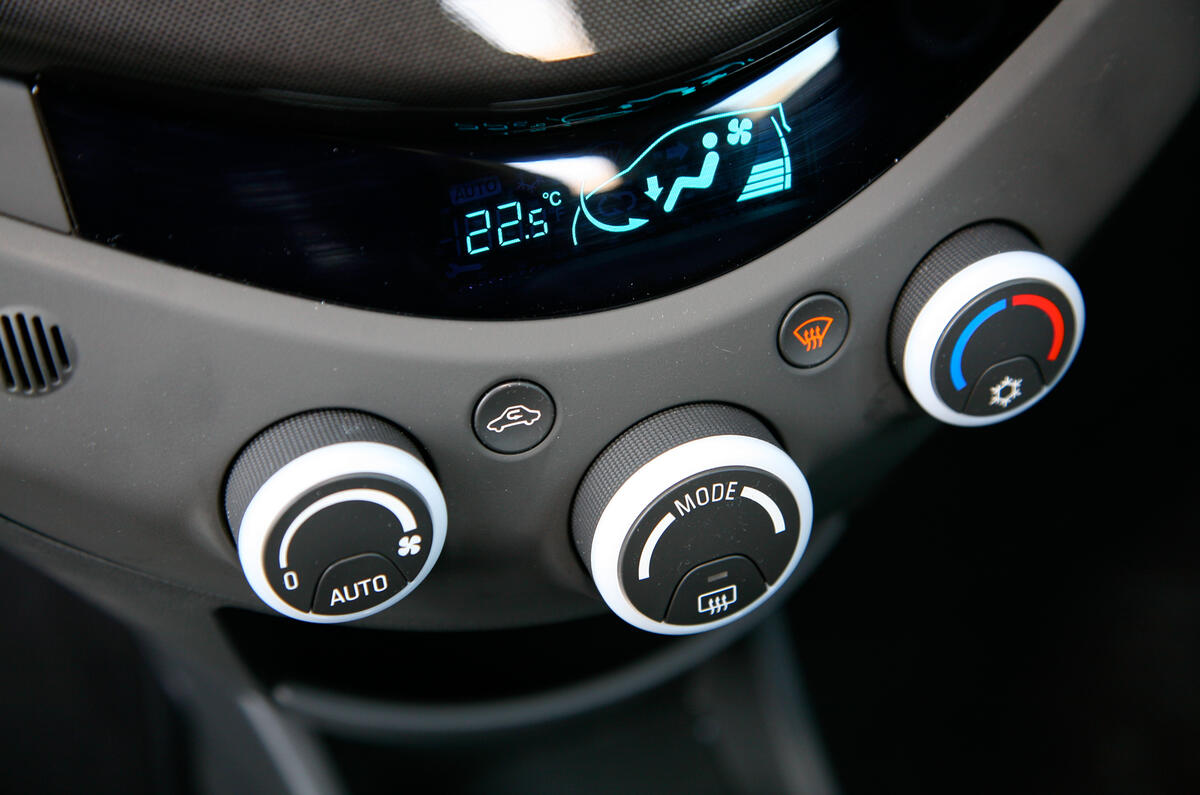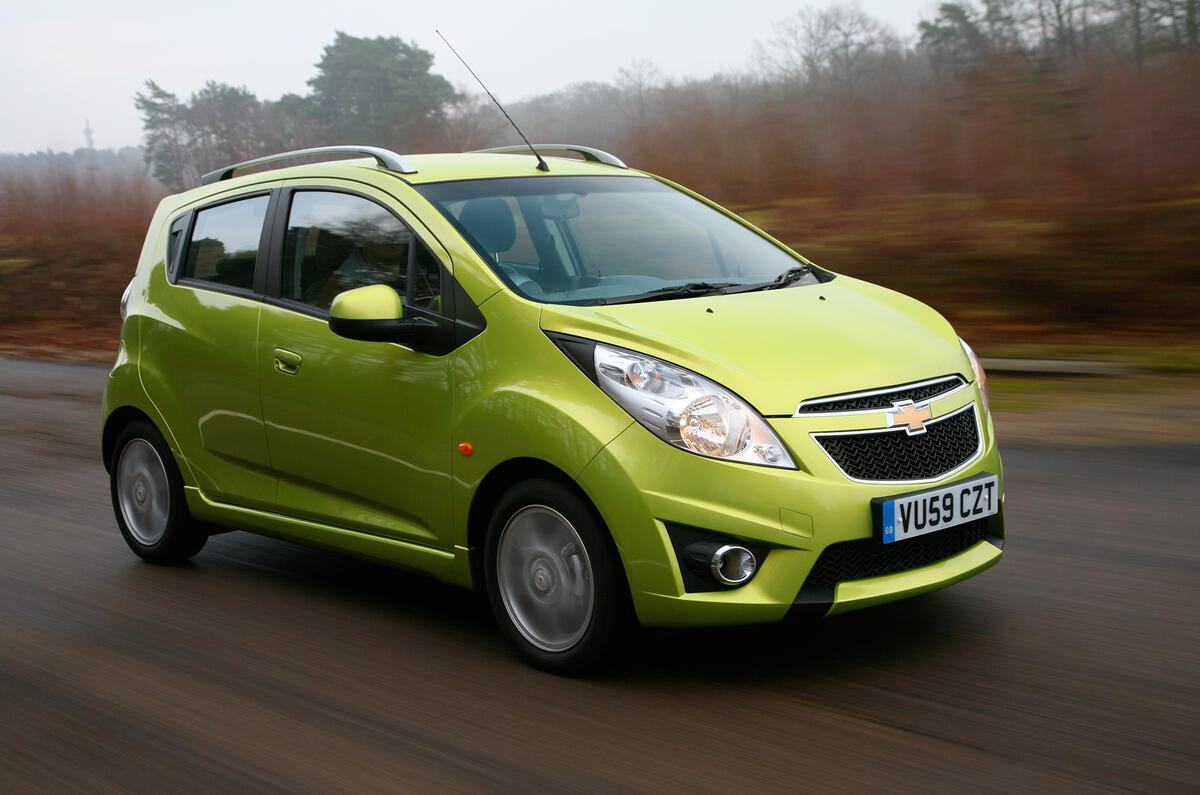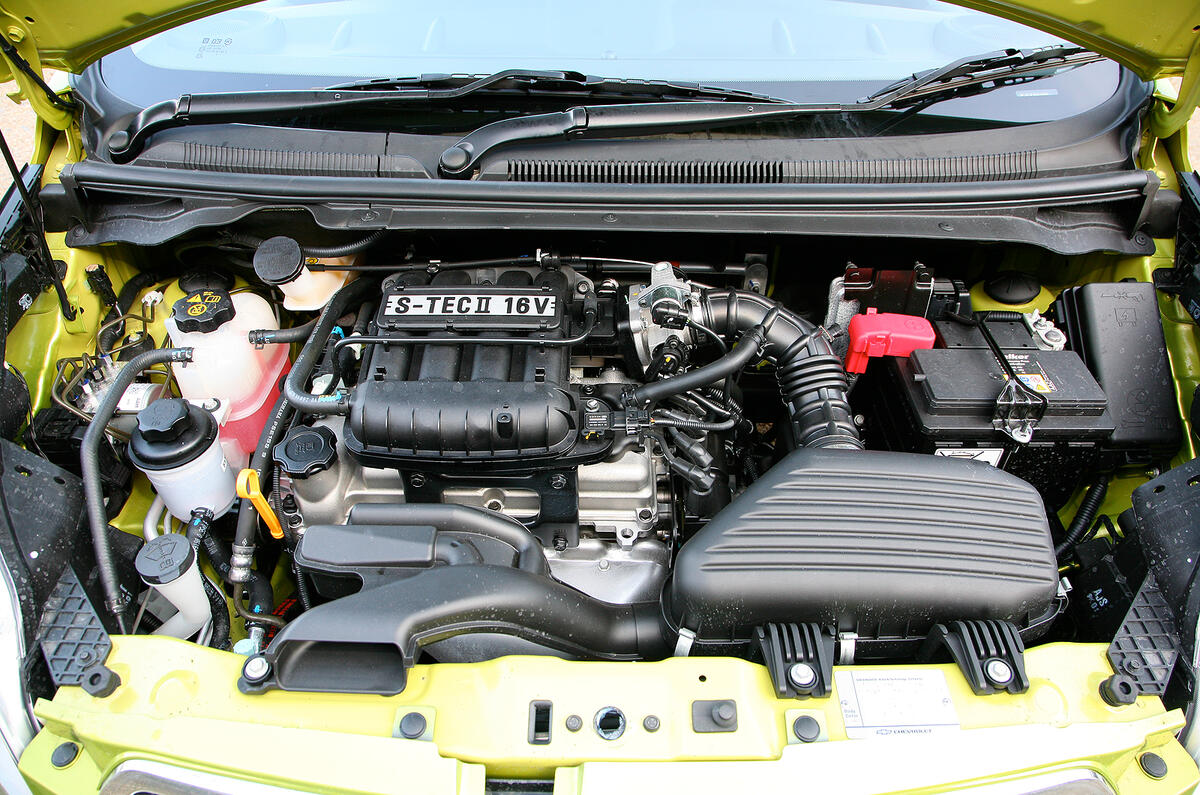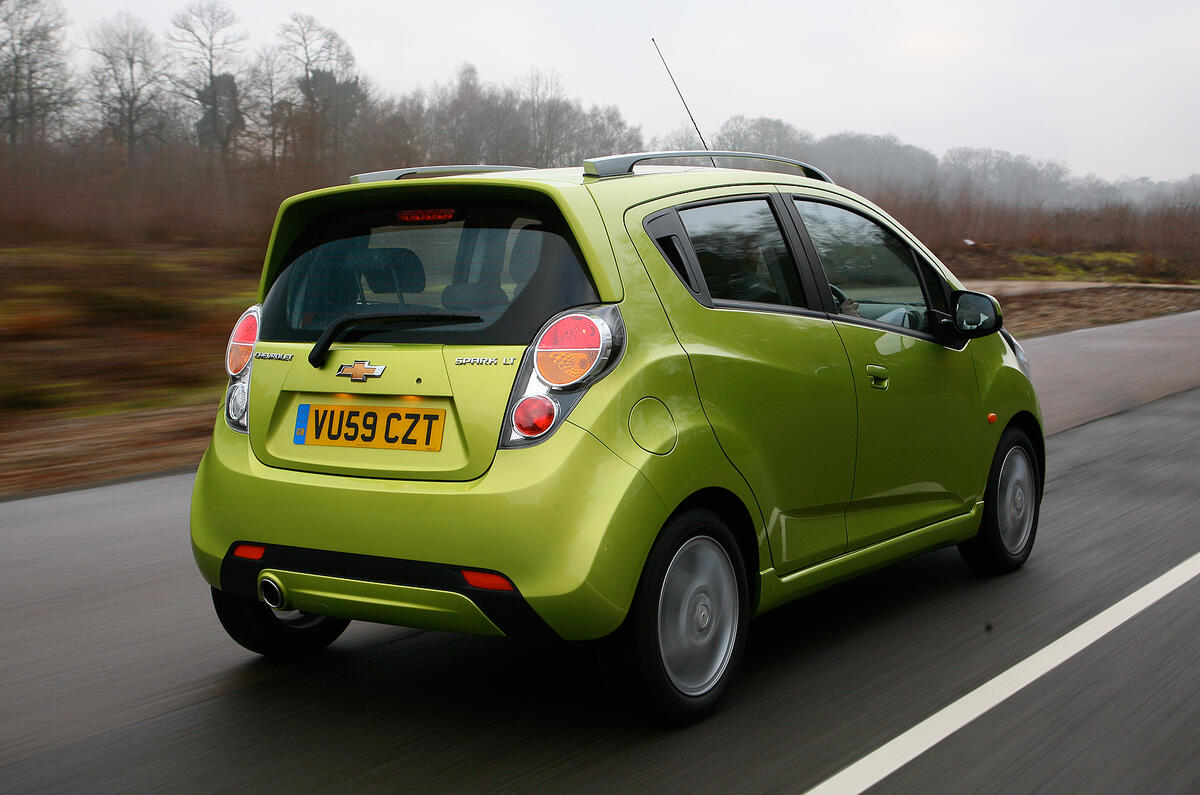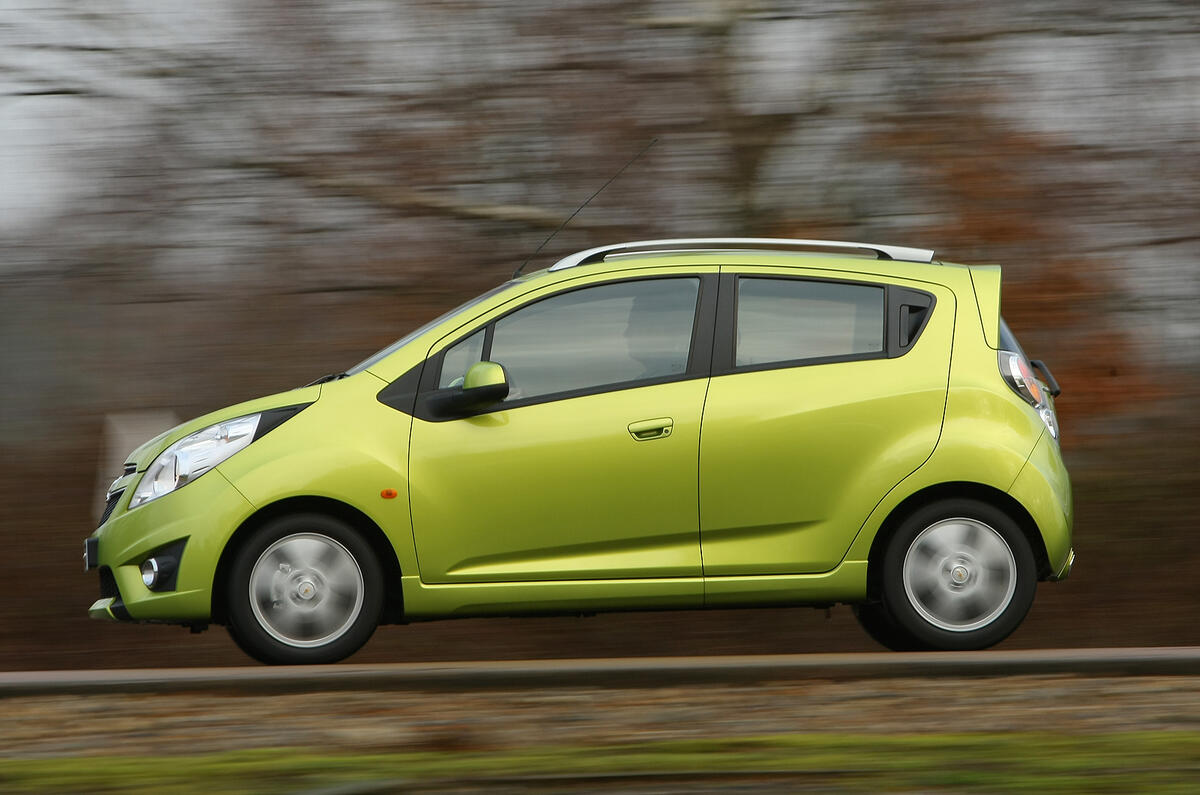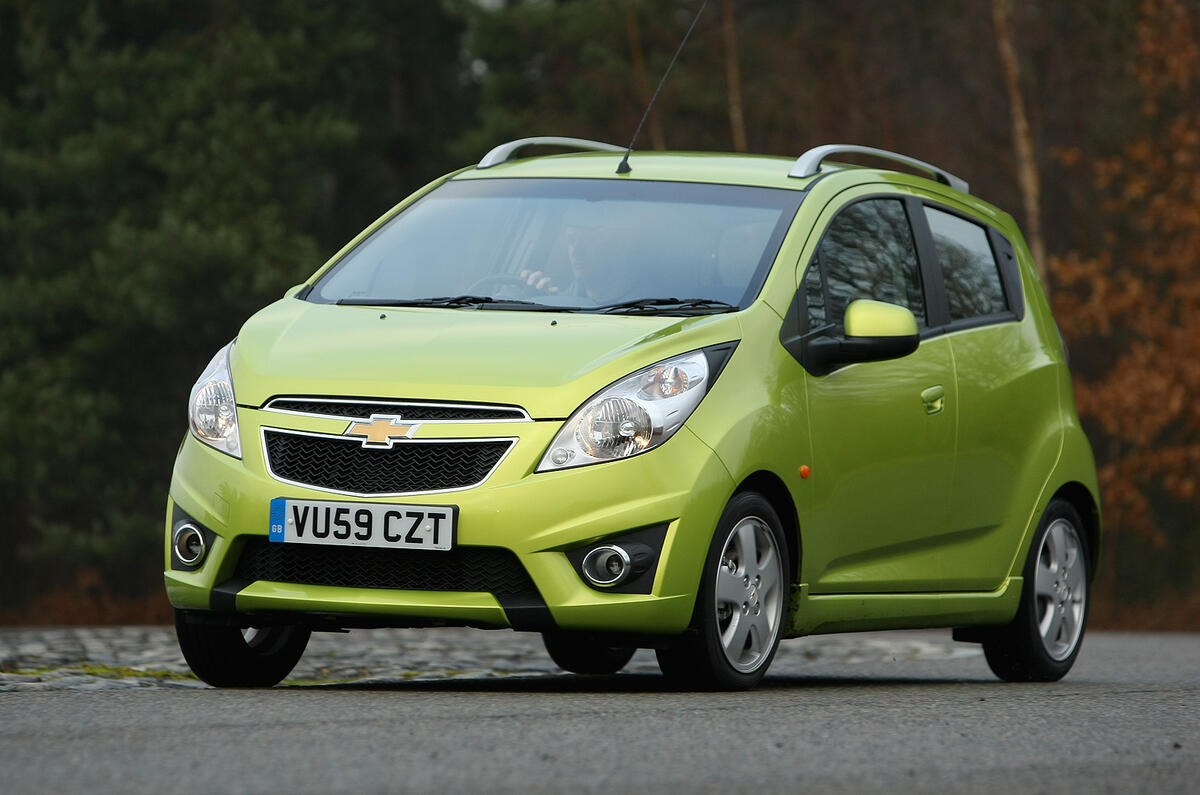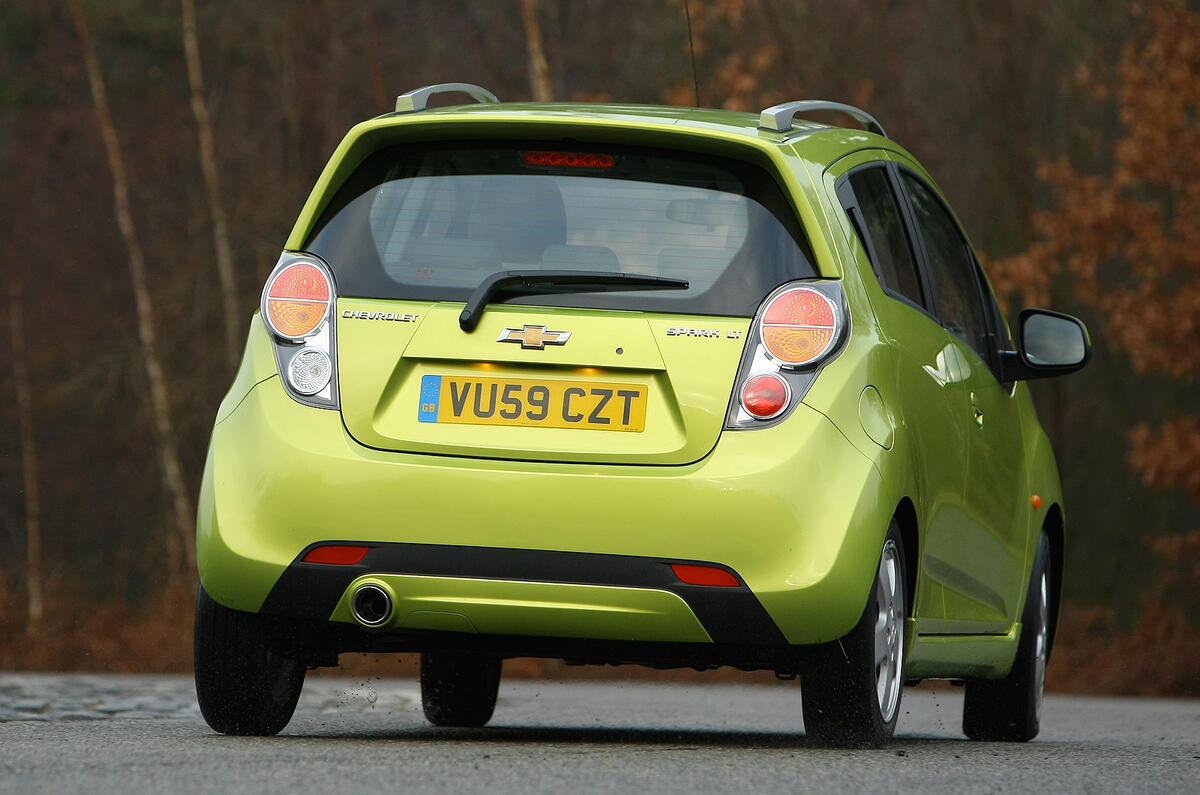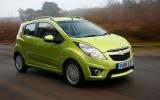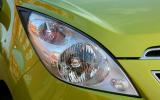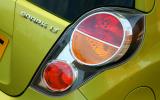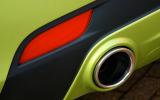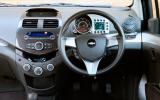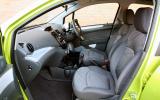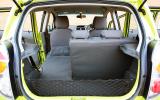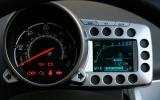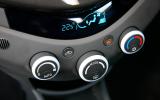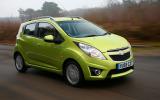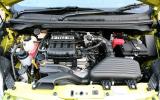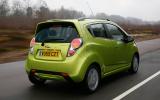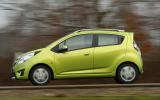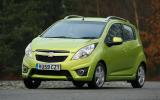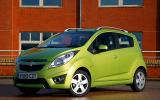In the UK, the Chevrolet Spark’s predecessors were known as Daewoos. The Korean firm’s city car, the Matiz, was added to its range in 1998 and as well as being famous for its low no-haggle price and generous spec, one rolled during a reversing manoeuvre during an Autocar road test photo shoot. A heavily revised Matiz appeared in 2005 and, along the way, the Daewoo name was dropped for the supposedly more exciting Chevrolet brand, although its products didn’t get significantly more interesting.
A change of name and a change in ambition came with Chevrolet’s new city car. The Spark replaced the Matiz, the only Chevrolet (nee Daewoo) model to make significant sales headway in the UK. To go with its new platform, the new name matched one its predecessor had in other markets already and, like the outgoing model, the Spark is sold not just in Europe, but also in Asia, Australia and America, badged variously as a Chevrolet and a Holden.
The new Spark, is both bigger overall than the Matiz it replaced and has 1.0 and 1.2-litre engines that are more in line with other cars in the city car class. Prices start in the bargain basement, especially when generous (for a small, cheap car) discounts are taken into account, but rise to a level that competes with more competent superminis. And once you get past the entry-level car, equipment levels are equally tempting.
Like all Chevrolets, the Spark comes with a five year warranty and servicing package.



